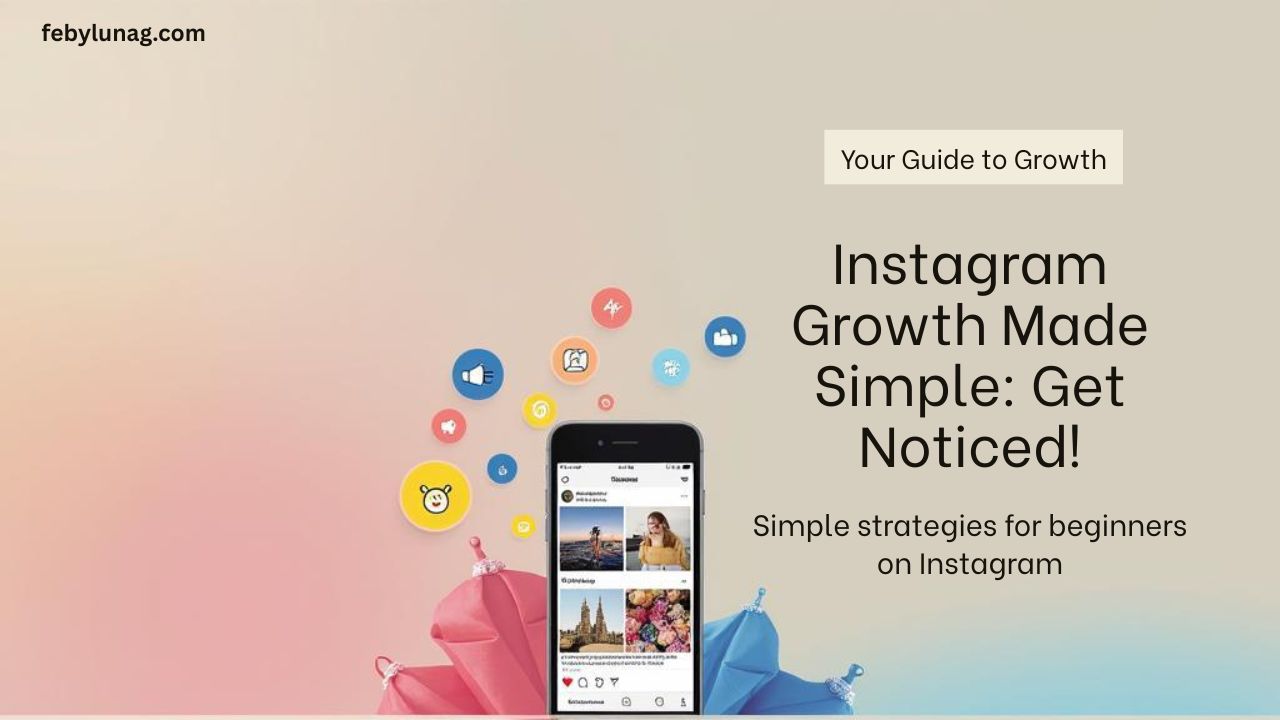The allure of working from your couch, setting your own hours, and ditching the daily commute is stronger than ever. The virtual work revolution is here, and many are dreaming of leaving their 9-to-5 behind. But is it just a dream, or can it be your reality? Let’s break down the key steps to determine if you’re truly ready to make the leap.
The Dream vs. The Reality: Are You Prepared?
Before you hand in your resignation, it’s crucial to be honest with yourself about your readiness. It’s not just about wanting freedom; it’s about building a sustainable career. Here’s a checklist to help you decide:
1. The Financial Safety Net: One Year’s Worth of Savings
This is non-negotiable. Having a financial cushion equivalent to one year’s worth of your current monthly income is your lifeline. This allows you the time to:
- Secure Clients: Finding consistent virtual work takes time. Don’t rush out of desperation.
- Weather the Inevitable: Inconsistent income is a reality for many freelancers. You need a buffer.
- Invest in Yourself: You might need to take courses or invest in new tools to enhance your skills.
Action Step: Calculate your monthly expenses and multiply by 12. Start aggressively saving until you reach your goal.
2. Research, Research, Research: What Virtual Jobs Are Out There?
Don’t jump into the unknown. Explore the vast landscape of virtual work. Popular options include:
- Virtual Assistant: Providing administrative, technical, or creative assistance remotely.
- Content Creation: Writing, editing, graphic design, social media management.
- Web Development/Design: Building and maintaining websites.
- Customer Service: Providing support remotely.
- Online Teaching/Tutoring: Sharing your expertise.
Action Step: Use job boards like Upwork, Fiverr, and LinkedIn to see what skills are in demand. Network with people already working virtually.
3. The Skill Audit: What Value Do You Bring?
Your skills are your currency in the virtual world. Conduct a thorough audit:
- Identify Your Strengths: What are you good at? What do you enjoy doing?
- Assess Your Marketability: Are your skills in demand?
- Address Skill Gaps: What skills do you need to develop?
Action Step: Create a list of your skills and how they translate to virtual services. Consider taking online courses to enhance your skillset.
4. Tools of the Trade: Your Virtual Office
You’re already off to a good start. You have a computer, reliable internet, a zoom account and a camera. These are the basic necesseties. Depending on your chosen career path, you may need to invest in:
- Software: Project management tools, design software, etc.
- Headset/Microphone: For clear communication.
- Ergonomic Setup: For comfortable and productive work.
Action Step: Evaluate your needs based on the jobs you’re targeting.
5. Building Your Portfolio: Showcasing Your Expertise
A portfolio is your virtual resume. It demonstrates your skills and experience.
- LinkedIn Profile: Optimize your LinkedIn profile with your skills, experience, and a professional photo.
- Project Samples: Create samples of your work to showcase your abilities.
- Testimonials/Recommendations: Ask past clients or colleagues for recommendations.
Action Step: Start building your LinkedIn profile and create samples of your work. Even if you haven’t done freelance work yet, create projects that show your abilities.
The Verdict: Are You Ready?
Transitioning to virtual work is a significant change. It requires planning, discipline, and perseverance. If you’ve diligently worked through these steps, you’re well on your way.
Remember:
- It’s a journey, not a sprint.
- Be patient and persistent.
- Embrace continuous learning.
If you’re ready to take control of your career and embrace the freedom of virtual work, now is the time to start planning. Good luck!







Leave a Reply